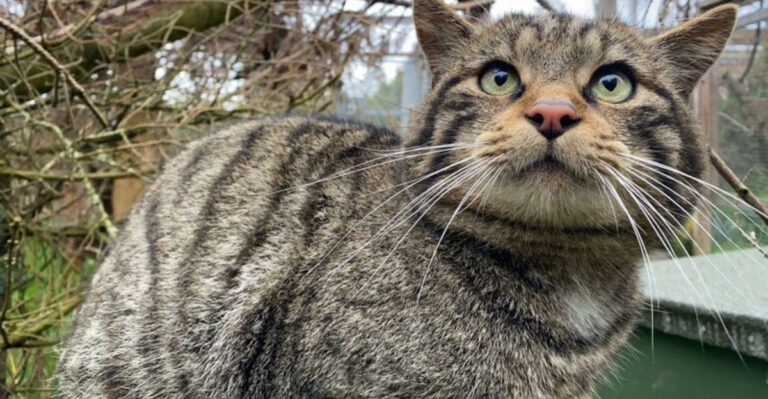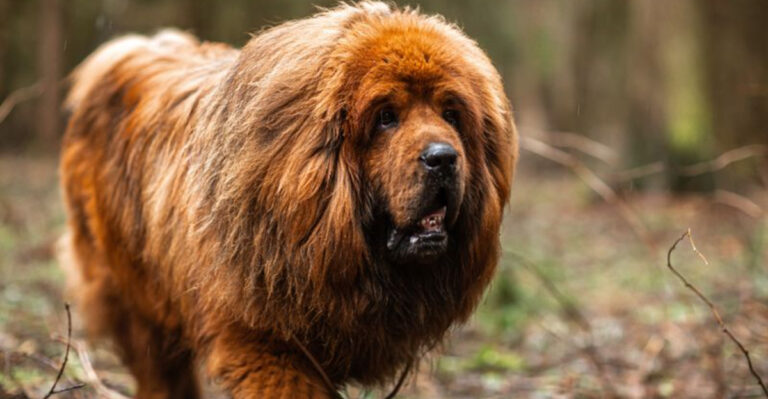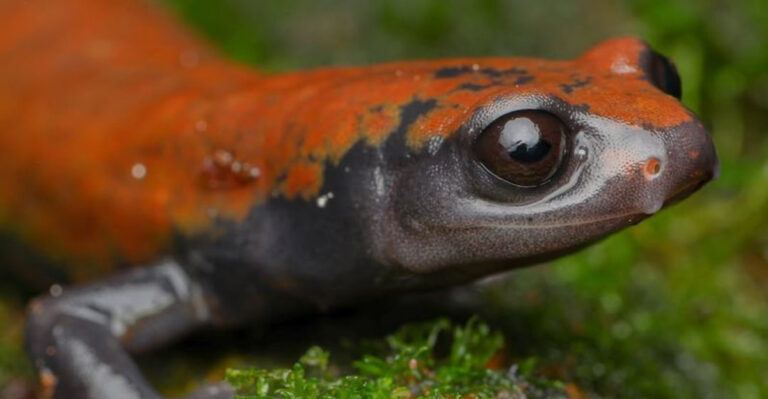12 Small But Lethal Animals You Should Definitely Avoid
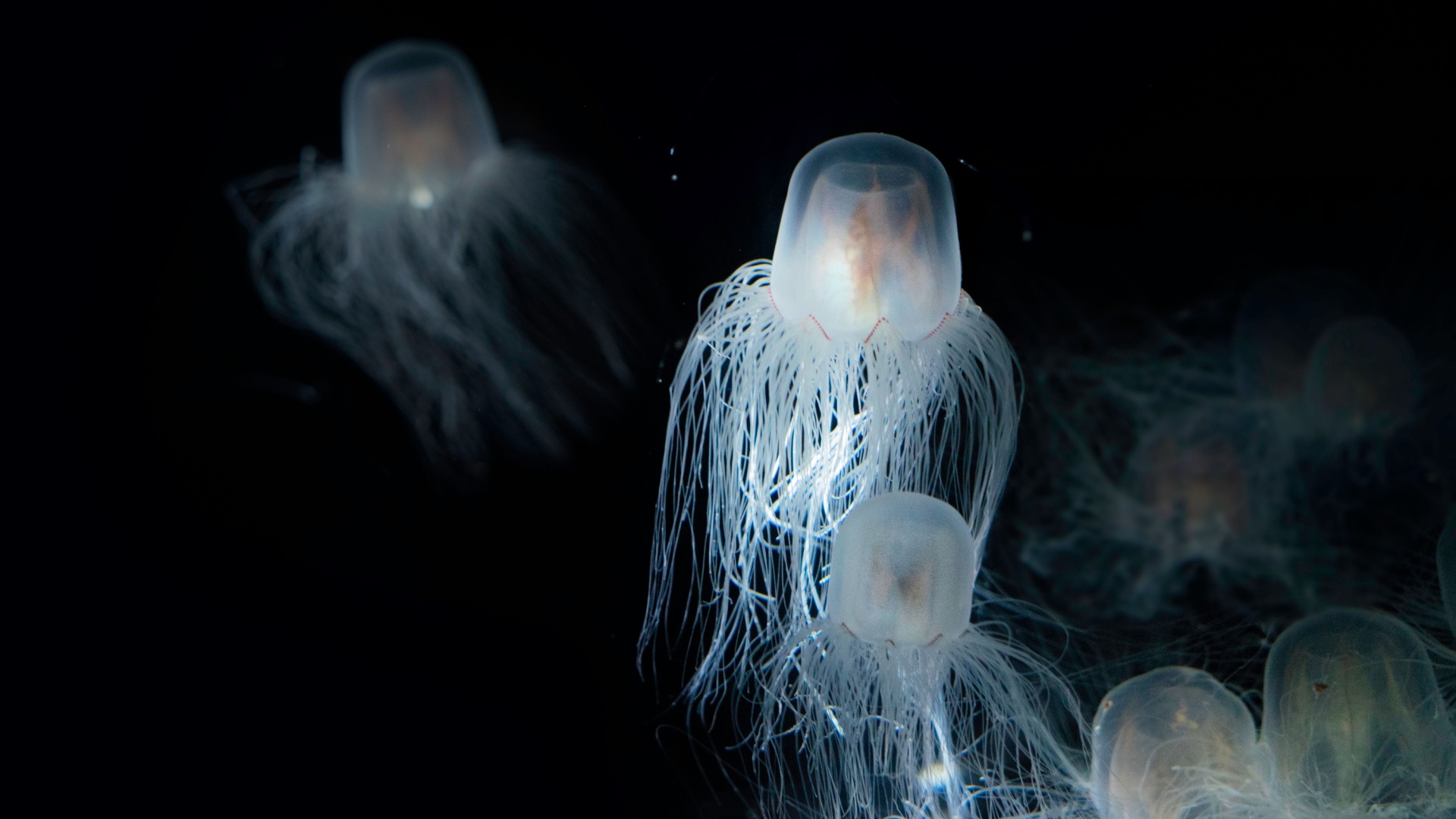
In the animal kingdom, size doesn’t always matter when it comes to danger. Some of the most dangerous creatures are tiny but pack a powerful punch, whether it’s through venom, speed, or a clever defense mechanism.
Here are some small but seriously dangerous animals you should be aware of, trust me, they’re not to be underestimated.
1. Box Jellyfish
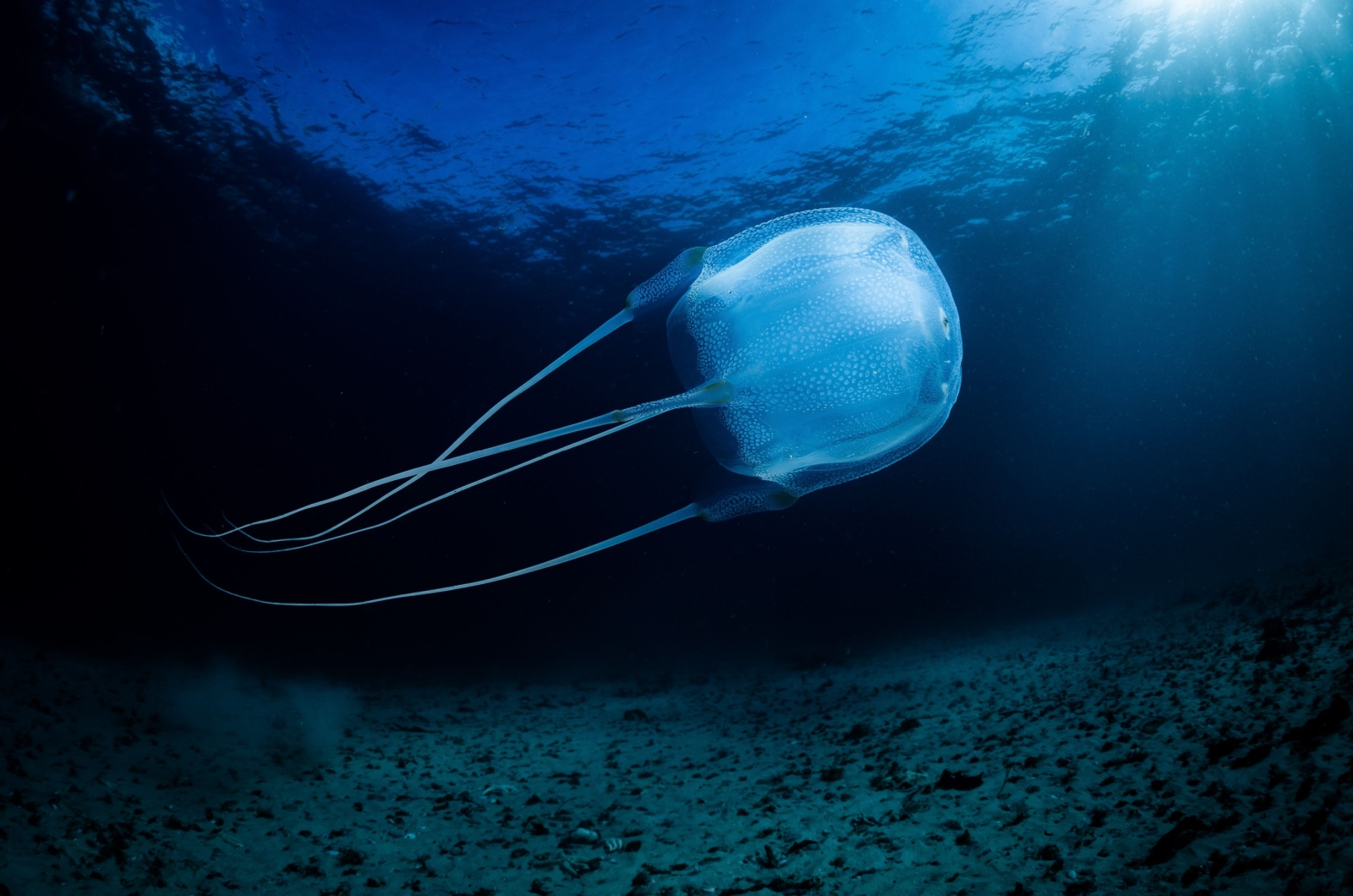
One of the most venomous creatures on Earth, this almost invisible jellyfish is not something you want to bump into in the waters off Australia or Southeast Asia.
Its tentacles contain toxins that can cause intense pain, paralysis, and, if you’re not treated fast, it can be life-threatening.
The scariest part? You might not even see it coming, these jellyfish are practically transparent and can float just beneath the surface. Talk about a sneaky assassin in the water!
2. Cone Snail
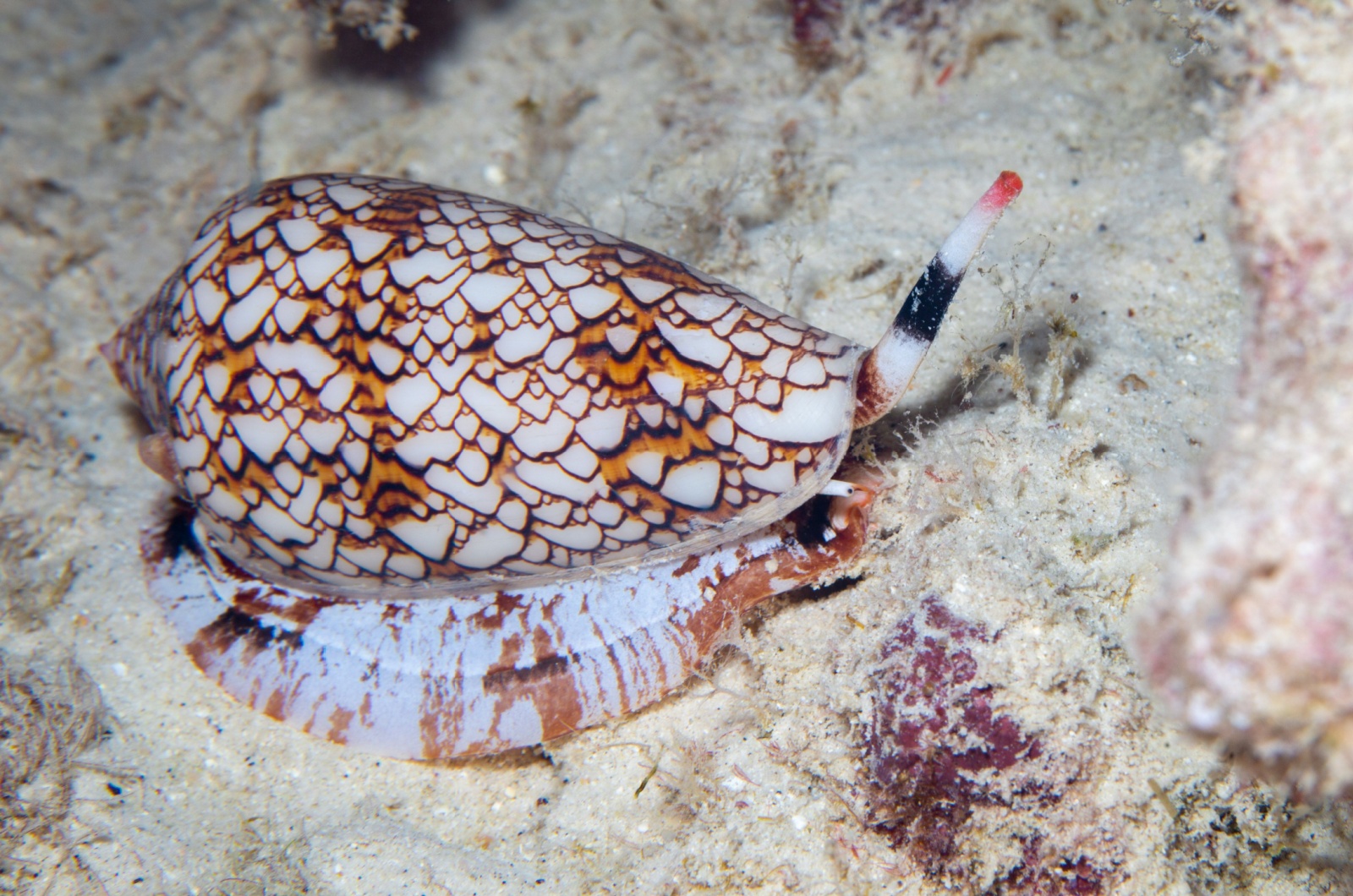
Don’t let its pretty shell fool you, this little creature is a marine hitman. The cone snail, found in tropical waters, has a harpoon-like tooth that it uses to inject venom into its prey.
The venom is so potent that it can cause paralysis! You’d think something so small and colorful would be harmless, but nope, it’s got a “sting” that’s no joke!
3. Poison Dart Frog
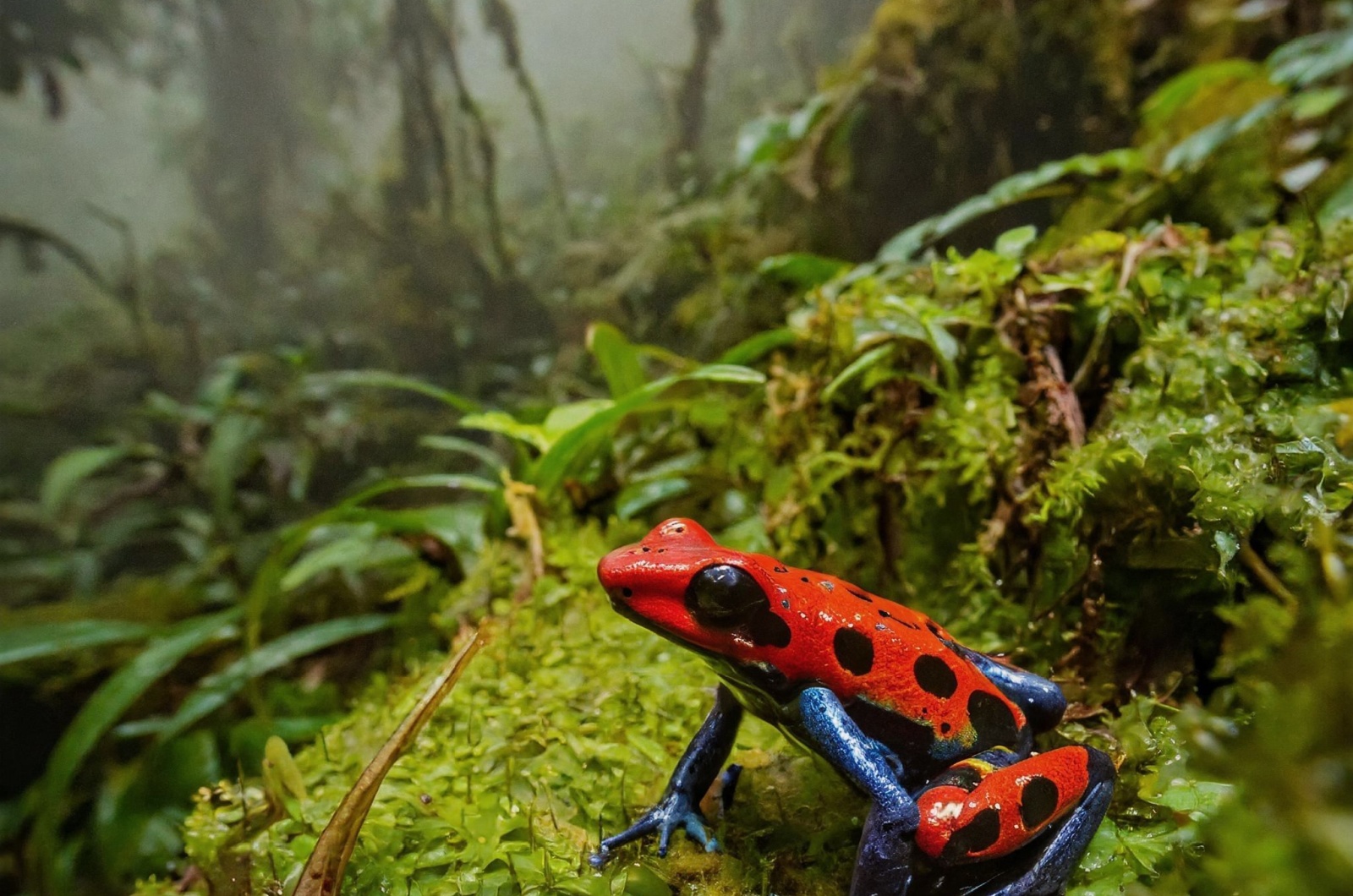
These little frogs may be small, but their bright colors are not just for show – they’re a warning!
Native to Central and South America, poison dart frogs secrete a toxic substance from their skin, which can cause severe reactions in humans.
So, while they’re fun to look at (from a safe distance), remember that their vibrant hues are nature’s way of saying ‘Don’t touch me!’.
4. Stonefish
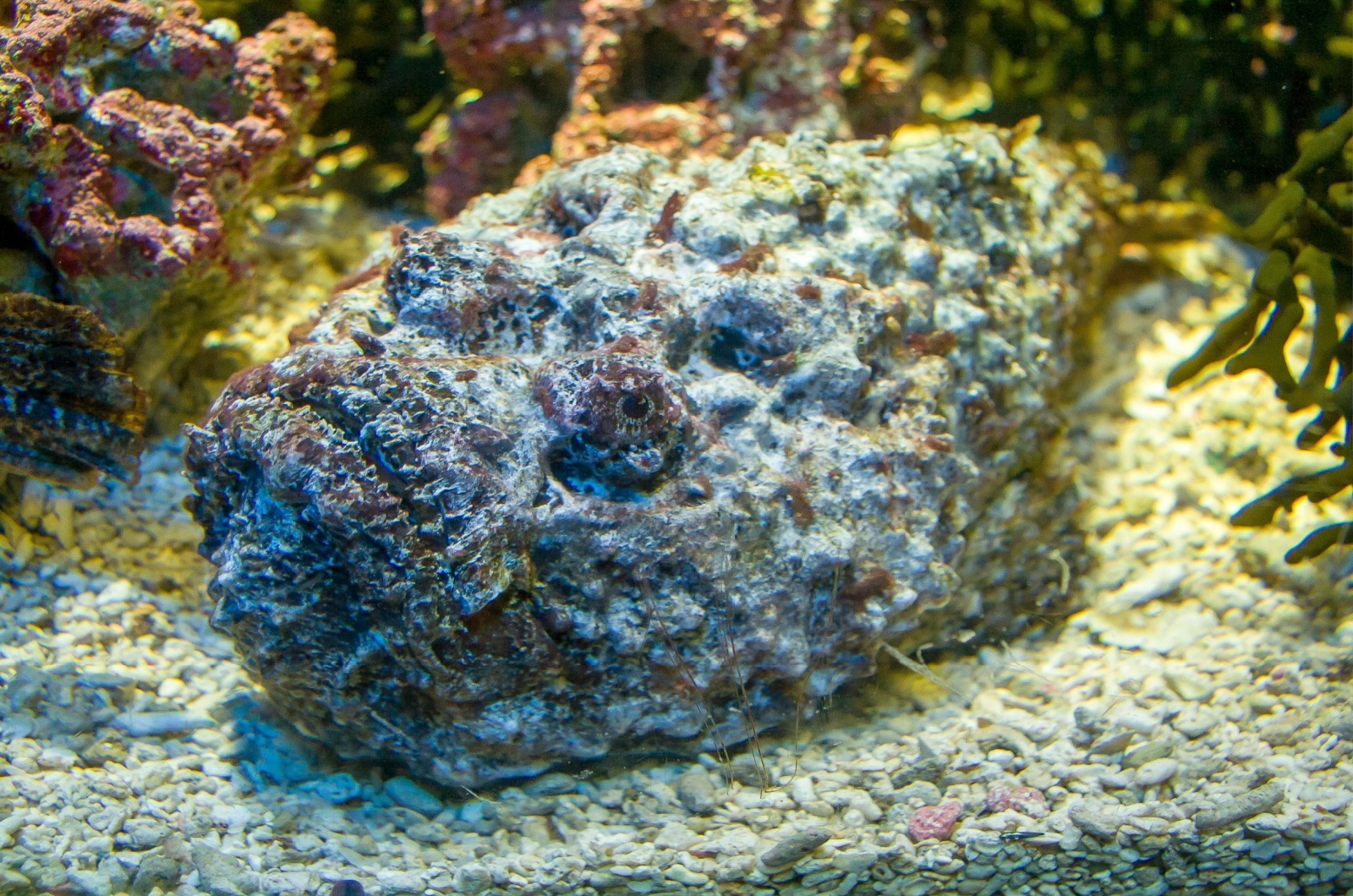
At first glance, the stonefish seems pretty harmless. It looks like a rock or coral, blending in perfectly with its surroundings.
But step on one, and you’ll wish you hadn’t! Its spines are armed with venom that can cause excruciating pain and paralysis. Imagine stepping on a rock, and it suddenly bites back. Ouch! These sneaky little guys remind us that appearances can be deceiving.
5. Pygmy Marmosets
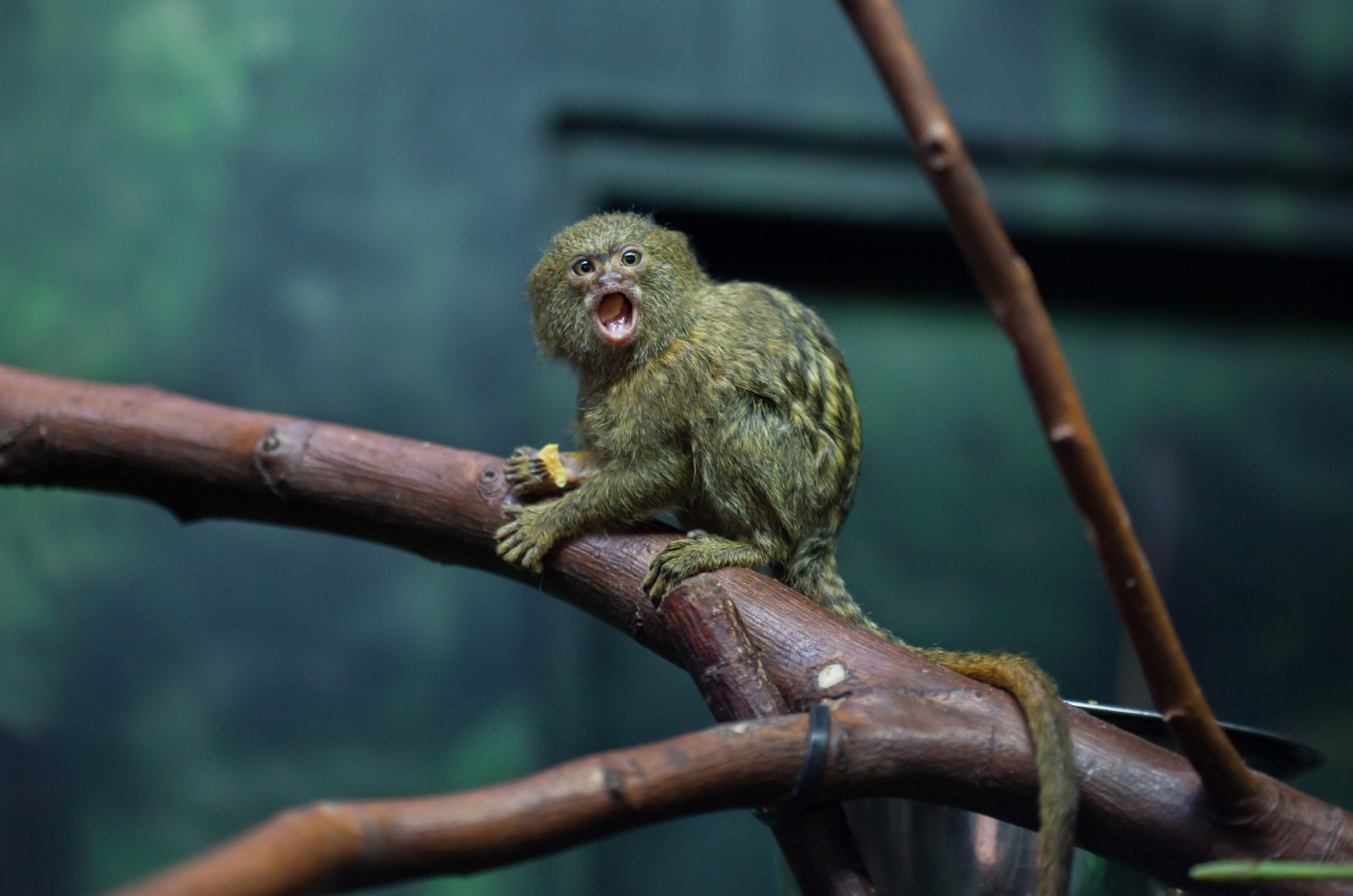
These tiny monkeys might look like something you’d want to cuddle with (they’re practically the size of your hand!), but don’t be fooled by their cuteness.
Pygmy marmosets can carry diseases like malaria, yellow fever, and tuberculosis, which can be fatal to humans.
They also have a tendency to bite if they feel threatened. So, while they might win the prize for the ‘cutest creature,’ they’re definitely not harmless.
6. Brazilian Wandering Spider
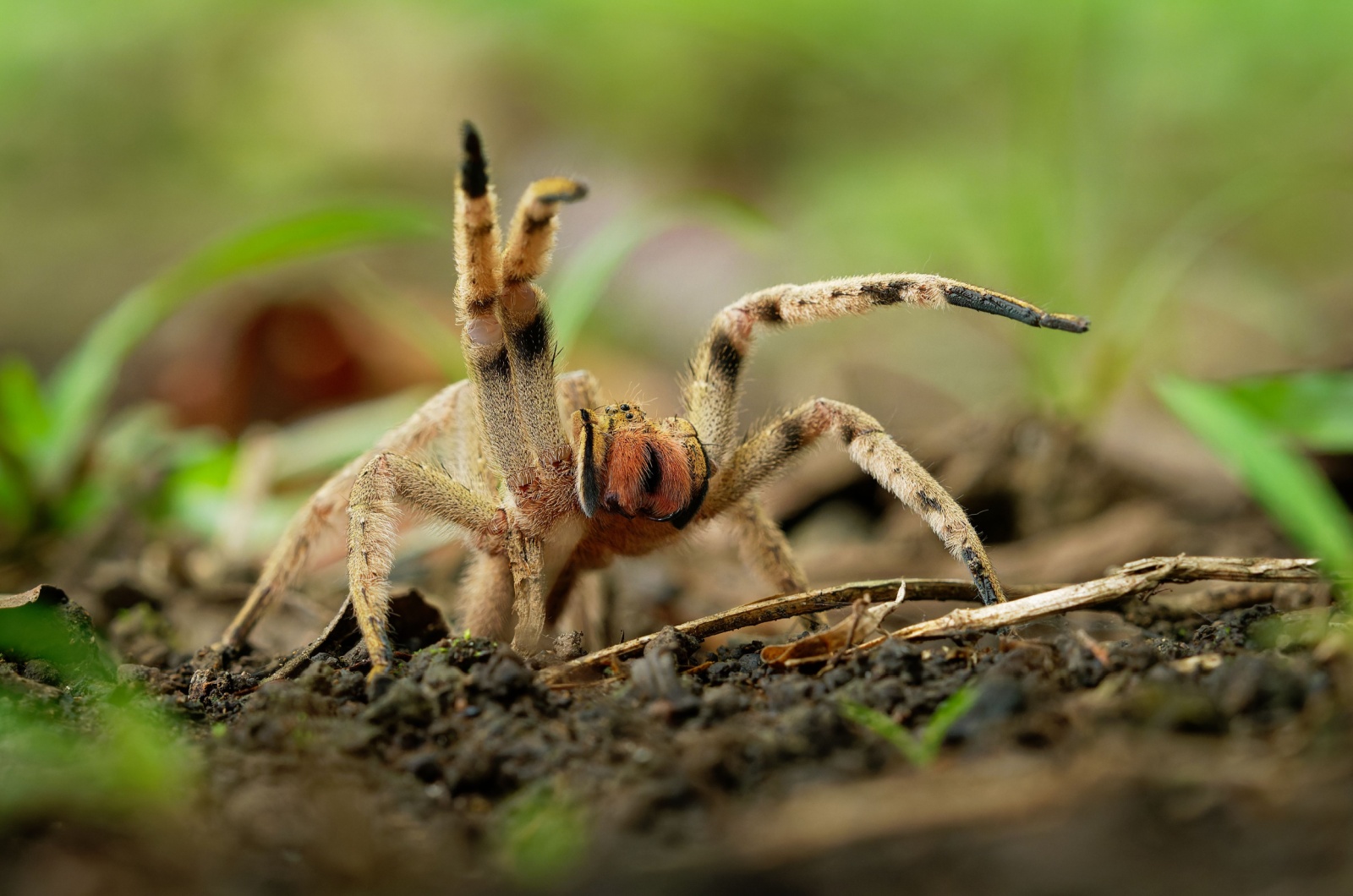
Unlike other spiders that prefer to stay in their webs, this one roams the jungle floor looking for trouble (or small prey).
Its bite, which is often delivered quickly and without warning, contains venom that can cause paralysis and other severe reactions. Just when you thought spiders couldn’t get worse, this one’s here to prove you wrong.
7. Bullet Ant
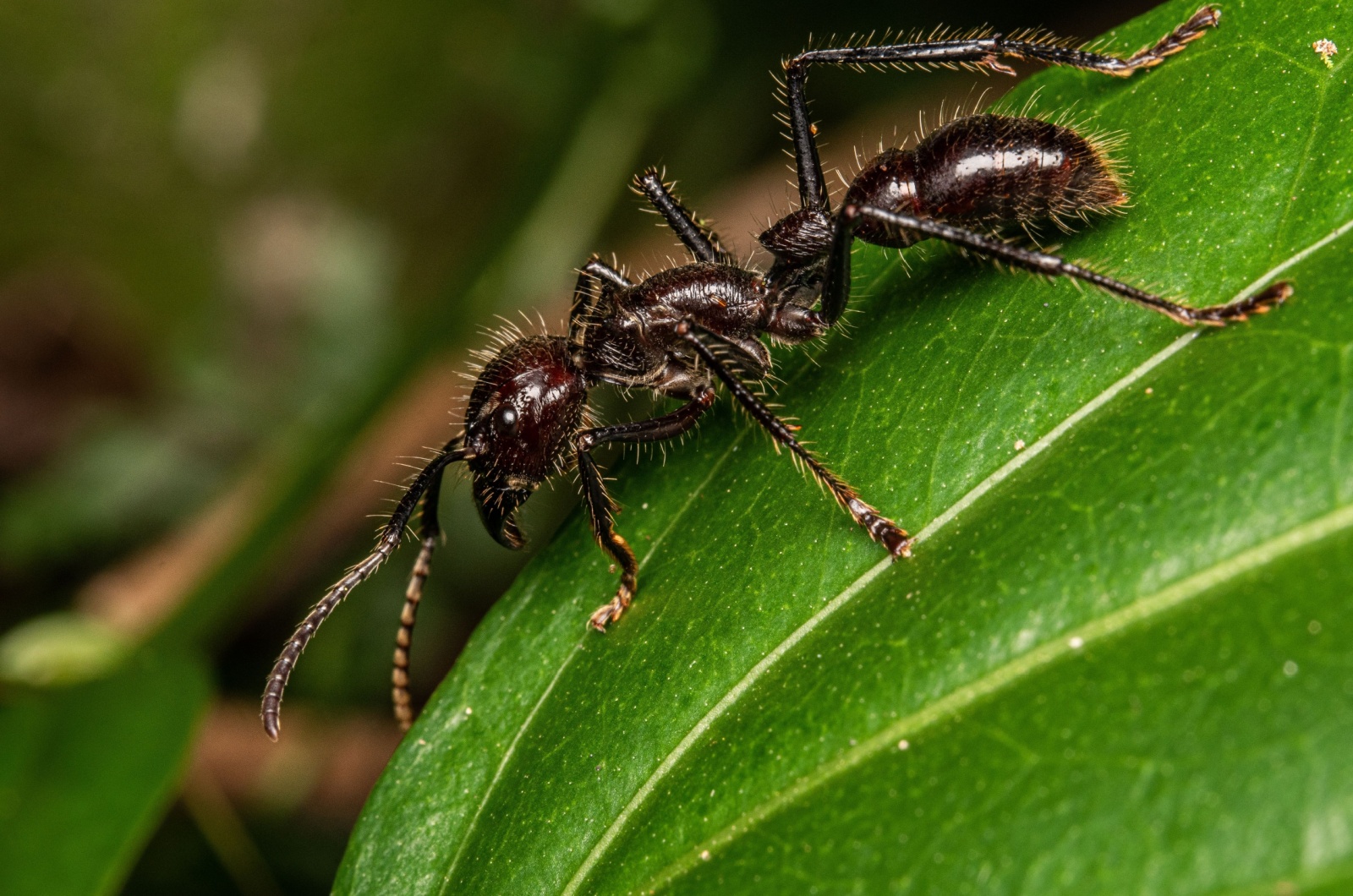
If you ever find yourself in the jungles of Central or South America, keep an eye out for the bullet ant.
This tiny creature has a sting so intense, it’s been compared to being shot by a bullet (hence the name). While its venom isn’t life-threatening, the pain it causes is nothing short of excruciating.
It’s like a wave of sharp, throbbing pain that lasts for hours. Definitely not the kind of ‘souvenir’ you want to bring back from your travels!
8. Black Widow Spider
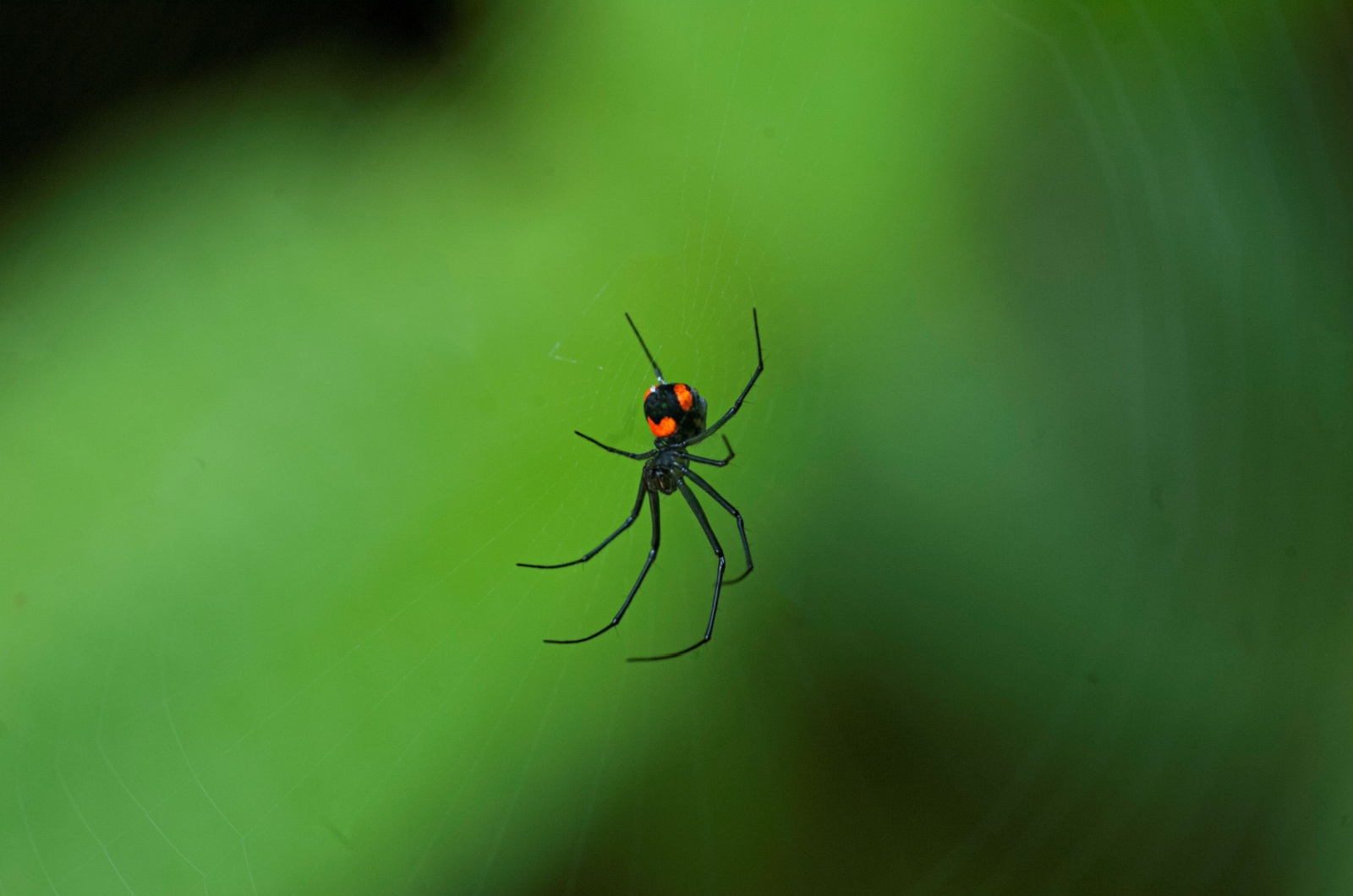
This little black arachnid is infamous for its venomous bite. Found mostly in dark corners and wood piles, black widow spiders inject venom that can cause intense muscle cramps, nausea, and other uncomfortable symptoms.
While their bites are rarely fatal, they still pack quite the punch. And let’s be real, no one wants to find out just how tough that punch is.
9. Irukandji Jellyfish
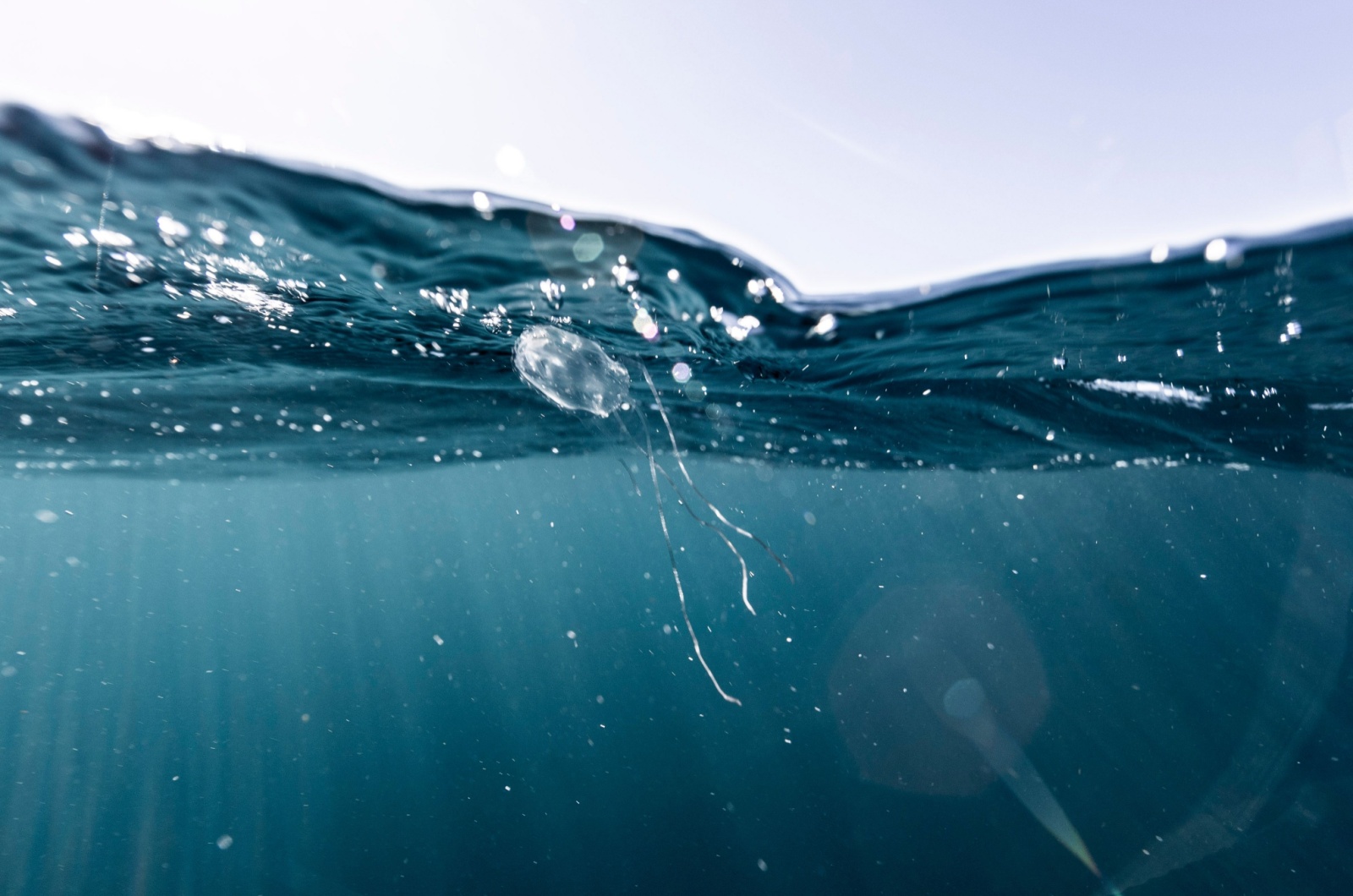
Another jellyfish you’ll definitely want to avoid is the Irukandji. Despite its tiny size, it’s one of the most venomous creatures on the planet.
A single sting can cause intense pain, nausea, and even life-threatening complications. Not exactly something you’d want to meet on your swim!
10. European Adder Snake
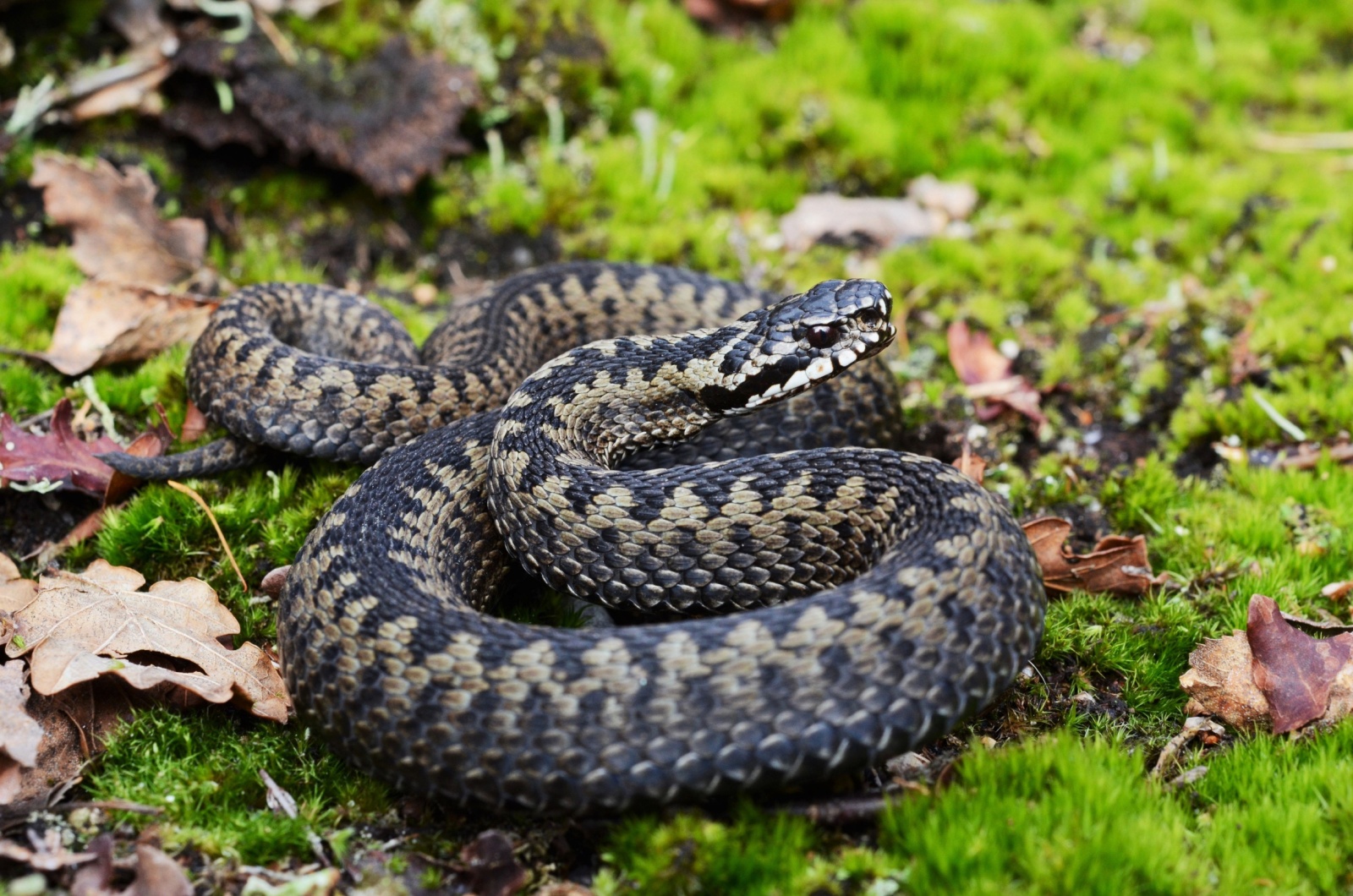
The European adder might not be the fastest snake out there, but it definitely deserves a spot on this list. Though small compared to other snakes, its bite is venomous and can cause serious reactions, like swelling, pain, and nausea.
Thankfully, they usually prefer to avoid humans, but if you happen to cross paths with one, it’s best to keep your distance, just in case it decides you’re not as friendly as you seem!
11. Tiger Mosquito
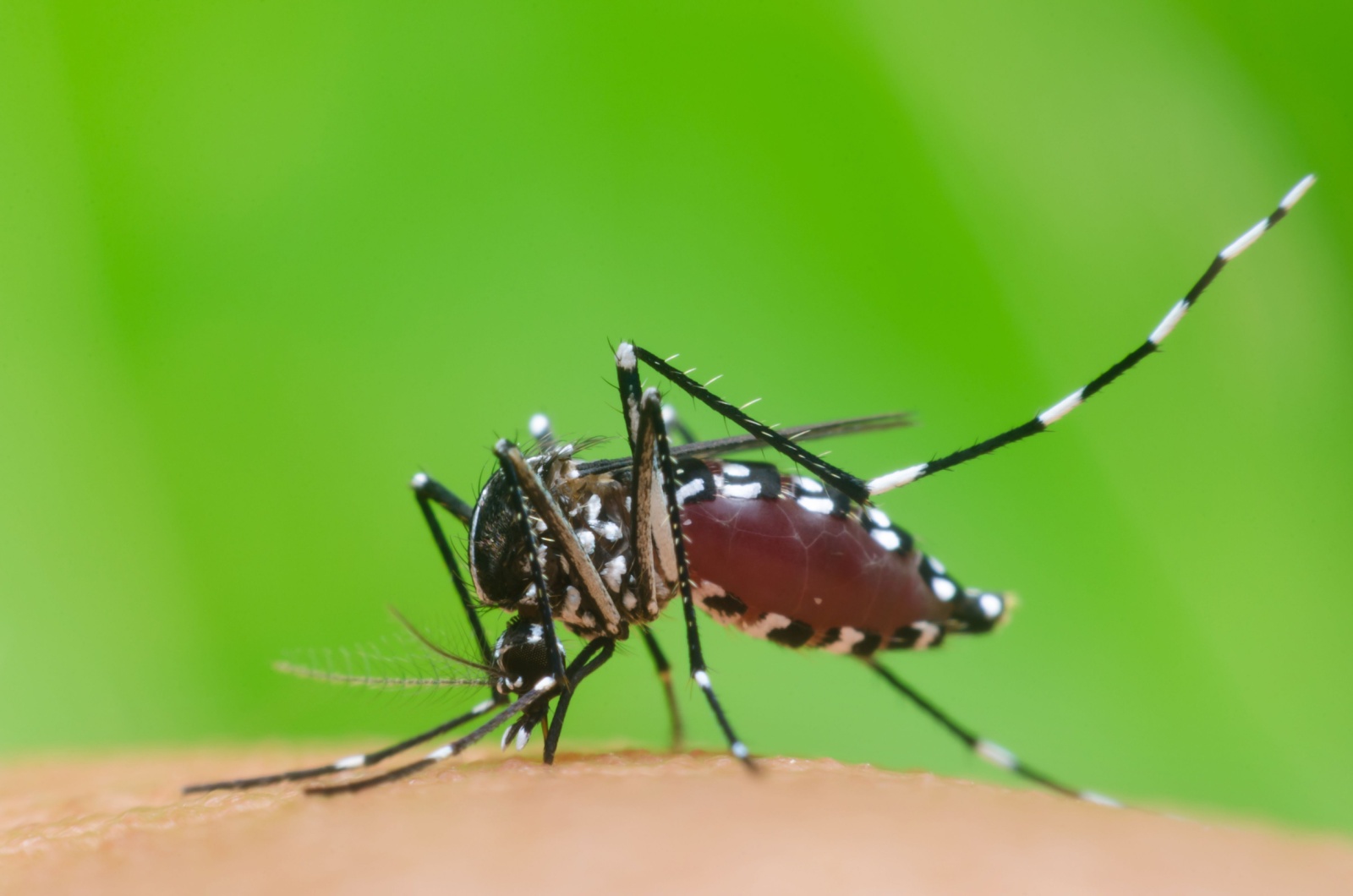
Credit: Shutterstock
The tiger mosquito (Aedes albopictus) is a small but dangerous insect known for spreading diseases like dengue fever, Zika virus, and chikungunya.
Originally from Southeast Asia, it has spread worldwide, thriving in urban areas due to its ability to breed in small water sources.
Unlike many mosquitoes, it bites aggressively during the day, increasing the risk of disease transmission. Despite its size, the tiger mosquito poses a serious global health threat.
12. Sea Wasp
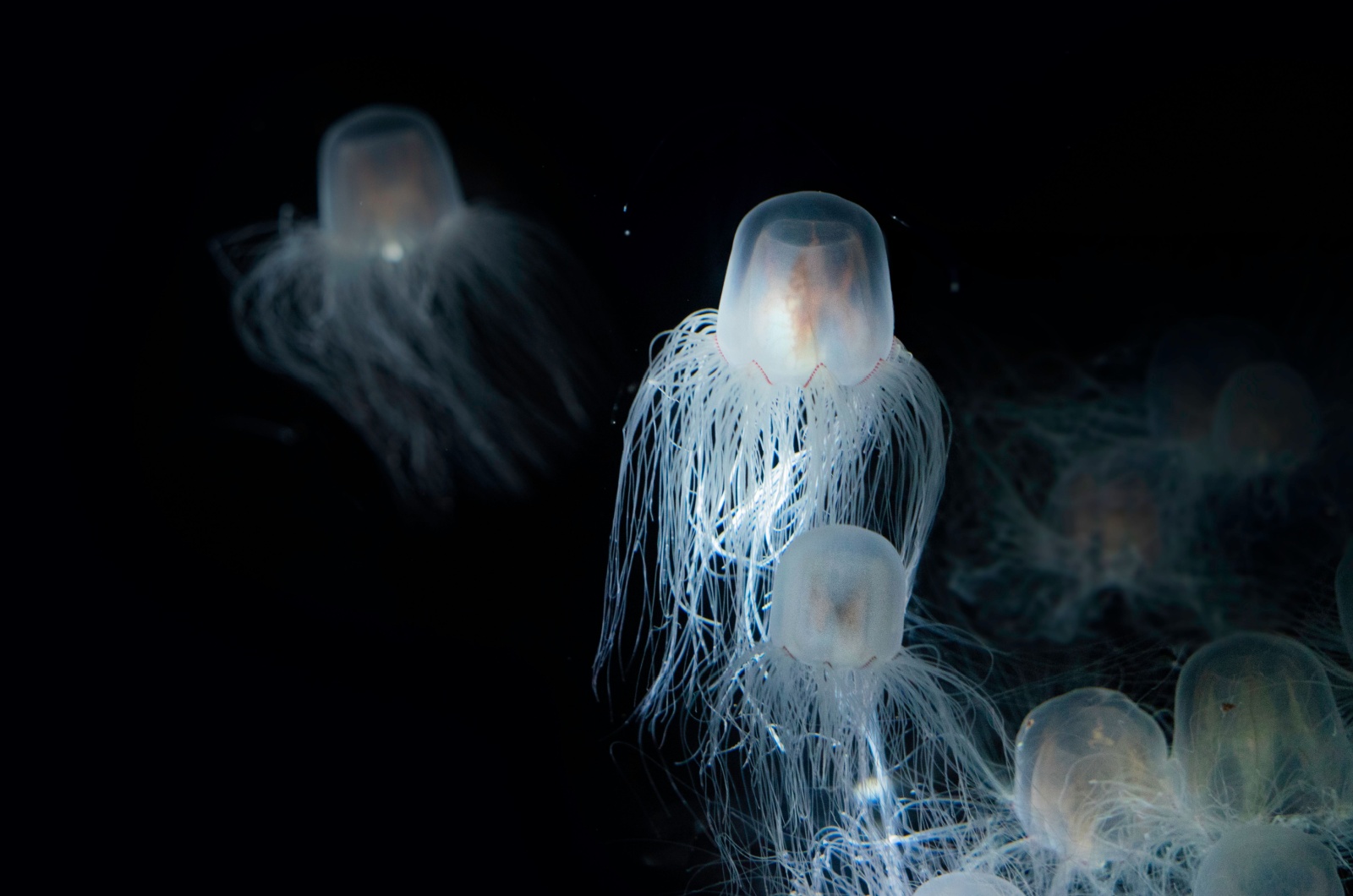
Credit: Shutterstock
A relative of the box jellyfish, the sea wasp (Chironex fleckeri) is one of the most venomous marine creatures. Found in the Indo-Pacific and northern Australia, its small, translucent body and tentacles up to 10 feet long make it hard to spot but extremely lethal.
A sting from the sea wasp delivers venom that causes intense pain, paralysis, cardiac arrest, and, without prompt treatment, can be fatal.
The venom attacks the nervous system, heart, and skin, with effects occurring rapidly. Immediate treatment, including vinegar to neutralize venom and medical care, is critical. Despite its danger, the sea wasp plays an important role in its marine ecosystem.




